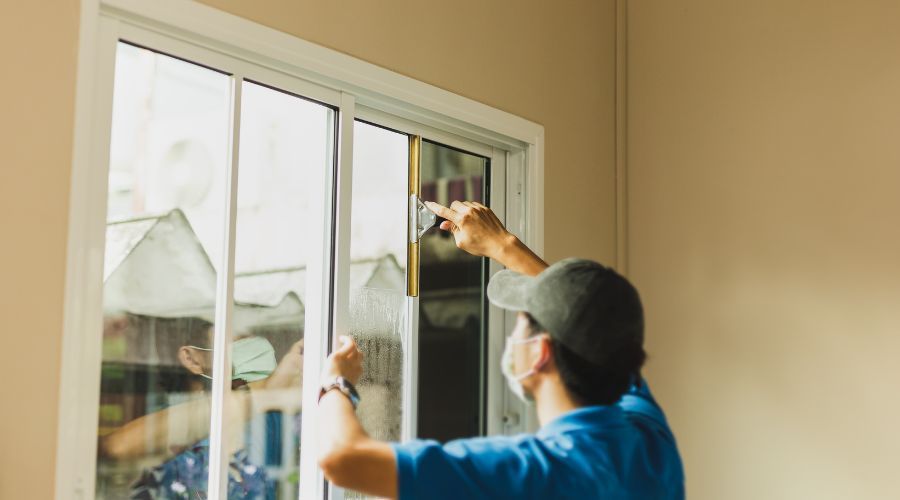
Acrylic sheets are versatile, transparent, and widely used in various applications, including windows, signs, displays, and even furniture. To ensure their longevity and aesthetic appeal, it is essential to know how to properly clean and maintain acrylic sheets. This comprehensive guide will provide you with expert tips and best practices to keep your acrylic sheets looking pristine.
Properly cleaning and maintaining acrylic sheets offer several benefits:
1. Enhanced clarity: Regular cleaning prevents the accumulation of dust, fingerprints, and other residues, ensuring that your acrylic sheets remain crystal clear.
2. Extended lifespan: By following proper maintenance techniques, you can prevent scratches, discoloration, and degradation, increasing the longevity of your acrylic sheets.
3. Improved aesthetics: Clean and well-maintained acrylic sheets enhance the overall visual appeal of your space, whether it's a home, office, or commercial establishment.
Now, let's delve into the essential steps and tips for cleaning and maintaining acrylic sheets:
Before you begin cleaning your acrylic sheets, gather the necessary supplies:
• Soft, lint-free microfiber cloths or non-abrasive sponges
• Mild dish soap or specialized acrylic cleaner
• Distilled water (avoid tap water to minimize the risk of mineral deposits)
• Isopropyl alcohol (optional, for tougher stains)
• Plastic polish or anti-static cleaner (for long-term maintenance)
Before diving into the cleaning process, follow these precautions:

• Remove dust: Gently remove any loose dust or debris from the acrylic surface using a soft cloth or a brush specifically designed for delicate surfaces.
• Test a small area: If you're using a new cleaning product or technique, test it on a small, inconspicuous area of the acrylic sheet first to ensure it doesn't cause any damage or discoloration.
Follow these steps to clean your acrylic sheets effectively:
• Fill a bucket or basin with warm distilled water.
• Add a small amount of mild dish soap or specialized acrylic cleaner. Avoid using harsh chemicals or abrasive cleaners that can damage the acrylic surface.
• Dip a soft, lint-free cloth or non-abrasive sponge into the cleaning solution.
• Gently wipe the acrylic surface in a circular motion, covering the entire area. Avoid applying excessive pressure.
• After cleaning, rinse the acrylic sheets thoroughly with clean distilled water to remove any soap residue.
• Use a clean, dry microfiber cloth to gently pat dry the acrylic sheets. Avoid rubbing, as it may cause scratches or static buildup.
For tougher stains or marks on your acrylic sheets, consider the following tips:

• Isopropyl alcohol: Moisten a soft cloth with isopropyl alcohol and gently rub the stained area in a circular motion. Rinse and dry afterward.
• Specialized acrylic cleaners: If the stain persists, you may opt for specialized acrylic cleaners available in the market. Follow the manufacturer's instructions for optimal results.
Note: Always test any stain-removing method on a small, inconspicuous area of the acrylic sheet before applying it to the stained area. This will ensure that the cleaning agent does not cause any damage or discoloration.
To maintain the clarity and longevity of your acrylic sheets, consider these long-term maintenance tips:
• Avoid abrasive materials: When cleaning acrylic sheets, never use rough or abrasive materials such as steel wool or scouring pads, as they can scratch the surface. Stick to soft cloths or non-abrasive sponges.
• Avoid harsh chemicals: Steer clear of harsh chemicals like ammonia, bleach, or solvents, as they can cause damage and discoloration to the acrylic. Stick to mild dish soap or specialized acrylic cleaners.
• Regular dusting: Prevent the buildup of dust and debris by regularly dusting your acrylic sheets with a soft cloth or using a specialized acrylic duster.
• Avoid direct sunlight: Prolonged exposure to direct sunlight can lead to discoloration and degradation of acrylic sheets. If possible, position them away from direct sunlight or use UV-protective coatings.

• Avoid contact with sharp objects: Prevent scratches by avoiding contact with sharp objects or rough surfaces. Use protective measures such as coasters, felt pads, or protective films on furniture surfaces.
• Use plastic polish: Periodically apply a plastic polish or anti-static cleaner specifically designed for acrylic surfaces. This helps restore shine, remove minor scratches, and reduce static buildup.
Q1. Can I use glass cleaners on acrylic sheets?
A1. It's best to avoid using glass cleaners that contain ammonia, as they can cause damage or discoloration to acrylic. Stick to mild dish soap or specialized acrylic cleaners.
Q2. How often should I clean acrylic sheets?
A2. The frequency of cleaning depends on the environment and level of use. As a general guideline, cleaning acrylic sheets at least once a month or as needed to maintain their clarity is recommended.
Q3. Can I use a pressure washer to clean acrylic sheets?
A3. No, pressure washers are too powerful for delicate acrylic surfaces and can cause damage. Stick to gentle hand cleaning using the proper techniques mentioned earlier.
Cleaning and maintaining acrylic sheets doesn't have to be a daunting task. By following the right techniques and using the appropriate cleaning products, you can keep your acrylic sheets spotless and in optimal condition. Remember to gather the necessary supplies, follow the step-by-step cleaning process, and incorporate long-term maintenance practices.
With proper care, your acrylic sheets will remain clear, vibrant, and visually appealing for years to come. So, go ahead and showcase the beauty of your acrylic sheets while ensuring their longevity through regular cleaning and maintenance.